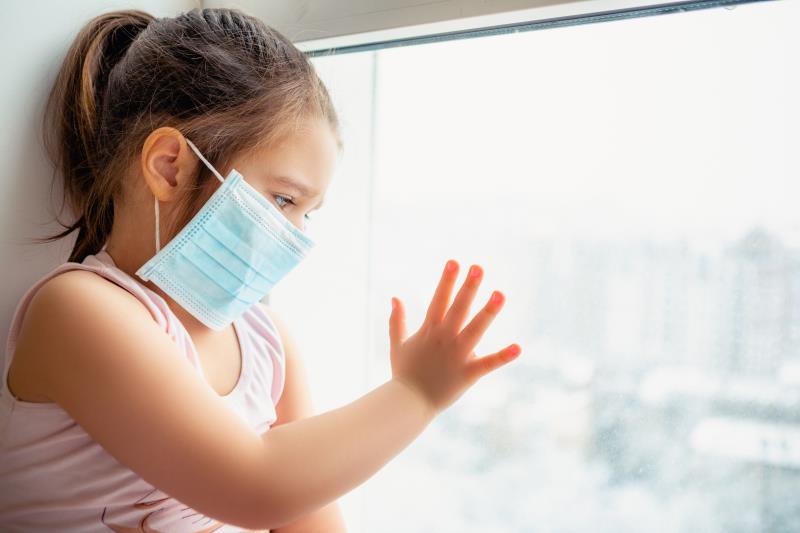SARS a greater threat to kids than COVID-19





The severe acute respiratory syndrome (SARS) appears to be a more severe disease than the coronavirus disease 2019 (COVID-19) in children, according to a recent China study.
“[W]e investigated the clinical and laboratory features in two representative Chinese paediatric cohorts with SARS and COVID-19. Understanding the differences and similarities in the clinical phenotypes and laboratory measures in paediatric patients with SARS and COVID-19 will guide us in the identification, quarantine, and management of infected children in a timely manner,” the researchers said.
The study included 244 COVID-19 patients (median age, 82 months) and 43 SARS patients (median age, 160.8 months). Eighty-five COVID-19 patients presented without symptoms, yielding a rate of 34.8 percent. There were no asymptomatic SARS patients. [J Pediatr 2020;224:30-36]
Among the COVID-19 patients who were clinically asymptomatic at presentation, 34 were eventually recategorized as being symptomatic upon further examination. Of these, 26.5 percent (n=9) developed common clinical symptoms such as cough, nasal congestion, and vomiting. Majority, on the other hand, showed mild imaging abnormalities, including ground glass opacities and pneumonic changes.
Clinical symptoms occurred significantly more commonly in SARS vs COVID-19 patients. These included fever, chills, myalgia, malaise, coryza, sputum production, headache (p<0.001 for all), sore throat (p=0.019), dizziness (p=0.006), and nausea (p=0.015). Notably, coughs developed at a comparable frequency between groups.
Fever, in particular, was a hallmark feature of SARS, developing in almost all patients, as opposed to only 51.3 percent of COVID-19 participants.
In addition, the need for oxygen supplementation was significantly greater in SARS than in COVID-19 patients (18.6 percent vs 4.7 percent; p=0.004). Mechanical ventilation support, however, was nominally more frequent in SARS patients (2.3 percent vs 1.6 percent).
Laboratory testing likewise revealed important differences between SARS and COVID-19. White blood cell counts were significantly lower in SARS patients (p=0.043), as were lymphocyte and platelet counts (p<0.001). Albumin levels were significantly lower in SARS patients (p<0.001), while globulin concentrations were elevated (p<0.001).
Leukopaenia (p=0.008), lymphopaenia (p<0.01), and thrombocytopaenia (p<0.001) were also significantly more common among SARS vs COVID-19 patients.
“We found that the COVID-19 cohort had more favourable haematologic and biochemical findings, with fewer COVID-19 patients having abnormal test results compared with SARS patients,” the researchers said. “The significantly lower proportion of paediatric COVID-19 patients with lymphopaenia may explain the milder phenotype compared with the SARS group.”
However, the exact mechanism by which SARS-CoV and SARS-CoV-2 produce diseases of different severity is still unknown. That the viruses have different replication, cell tropism, and immune activation profiles are likely to play a role and may be explored in further investigations.
“Future studies combining and comparing data from international clinical centres will be meaningful to examine the demographics and clinical spectrum of paediatric COVID-19 patients on a global perspective, and to further identify the risk factors for these severe diseases,” the researchers added.